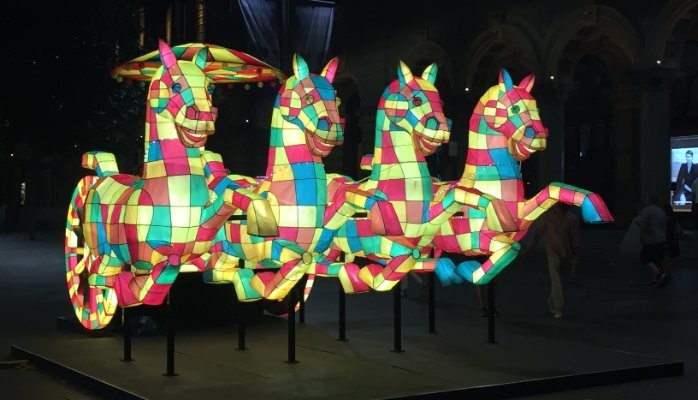Muletee, a relatively unknown yet fascinating concept, has gained attention in recent years due to its unique blend of tradition and modernity. This article delves into the multifaceted world of Muletee, exploring its origins, significance, and the impact it has on contemporary society.
Origins of Muletee
The origins of Muletee trace back to ancient civilizations where it was an essential part of daily life. Historical records suggest that Muletee was initially a term used to describe a specific type of fabric, known for its durability and versatility. Over time, the concept of Muletee evolved, encompassing not just the fabric but also the cultural practices and traditions associated with it.
Cultural Significance of Muletee
Muletee holds profound cultural significance in various societies. In many regions, it is considered a symbol of heritage and identity. The fabric and its associated practices are often passed down through generations, preserving the history and traditions of a community. Festivals and ceremonies frequently feature Muletee, showcasing its importance in maintaining cultural continuity.
Evolution of Muletee
The evolution of Muletee is a testament to human ingenuity and adaptability. From its humble beginnings as a practical material, Muletee has transformed into a symbol of style and innovation. Modern interpretations of Muletee blend traditional craftsmanship with contemporary design, creating products that are both functional and aesthetically pleasing.
Muletee in Contemporary Fashion
In the world of fashion, Muletee has made a significant impact. Designers are increasingly incorporating Muletee into their collections, celebrating its rich history while pushing the boundaries of creativity. The fabric’s unique texture and resilience make it a favorite among fashion enthusiasts who appreciate the fusion of tradition and modernity.
Environmental Impact of Muletee Production
The production of Muletee has notable environmental implications. Traditionally, Muletee was produced using sustainable methods, with a focus on natural fibers and dyes. However, modern production techniques can sometimes lead to environmental degradation. It is crucial for manufacturers to balance innovation with sustainability, ensuring that Muletee continues to be a positive force for both culture and the environment.
Economic Aspects of Muletee
Economically, Muletee plays a significant role in various communities. The production and sale of Muletee products provide livelihoods for many artisans and small businesses. Moreover, the growing global interest in Muletee has opened up new markets, offering economic opportunities and fostering cultural exchange.
Challenges and Opportunities for Muletee
Despite its many advantages, Muletee faces several challenges. The pressure to modernize can sometimes lead to the loss of traditional techniques and knowledge. Additionally, competition from synthetic materials poses a threat to the authenticity and sustainability of Muletee. However, these challenges also present opportunities for innovation and revitalization. By embracing sustainable practices and promoting cultural heritage, the future of Muletee can be secured.
Conclusion: The Future of Muletee
The future of Muletee lies in its ability to adapt and thrive in a rapidly changing world. By honoring its rich heritage while embracing modern advancements, Muletee can continue to be a symbol of cultural pride and innovation. As consumers become more conscious of their choices, the demand for authentic and sustainable products like Muletee is likely to grow, ensuring its place in the fabric of our society for generations to come.
